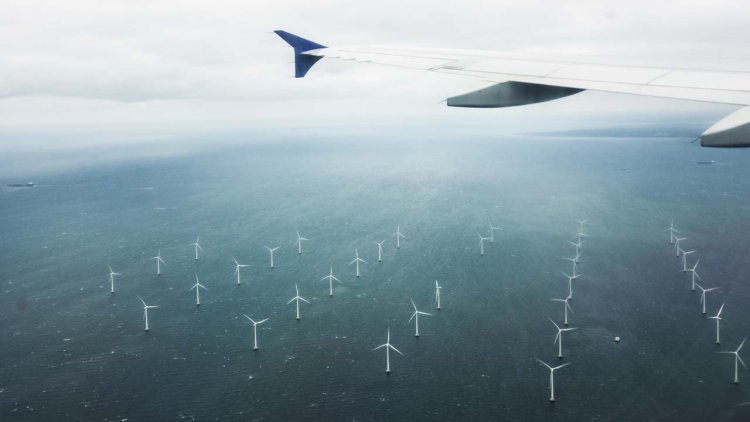DOE announces new actions to accelerate U.S. floating offshore wind deployment
The U.S. Department of Energy has announced new investments to secure U.S. leadership in floating offshore wind development by advancing offshore wind transmission planning, research and technology, and partnerships.

These announcements are part of the Biden-Harris Administration’s Floating Offshore Wind Shot Summit, with the Departments of Energy, the Interior, Commerce, and Transportation convening stakeholders to drive progress.
With two-thirds of America’s offshore wind resource located in deep-water areas that require floating platforms, capturing this vast potential could bring the benefits of clean power to millions of American homes and businesses. These new actions support the goals of the Administration’s Floating Offshore Wind Shot to reduce the cost of floating offshore wind energy by more than 70% by 2035 and deploy 15 gigawatts of floating offshore wind by 2035.
“Floating offshore wind offers untapped opportunities for us to produce clean, reliable and affordable power for millions,” said U.S. Secretary of Energy Jennifer M. Granholm. “President Biden wants America to become a global leader of offshore wind technology and deployment, and with his historic climate investments, DOE is capturing this potential to spur private investment, boost the domestic supply chain and deliver on our bold clean energy goals.”
With funds from the President’s Inflation Reduction Act, DOE is launching a new West Coast Offshore Wind Transmission Study, a 20-month analysis examining how the country can expand transmission to harness power from floating offshore wind for West Coast communities. The study will use its findings to develop practical plans through 2050 to address transmission constraints that currently limit offshore wind development along the nation’s West Coast. It is also expected to evaluate multiple pathways to reaching offshore wind goals while supporting grid reliability, resilience, and ocean co-use.
This study marks the first announcement stemming from $100 million included within the Inflation Reduction Act for transmission planning and complements an analysis released today by DOE that evaluates existing West Coast offshore wind energy transmission research. The analysis identifies deployment gaps that the wind industry must address to successfully develop offshore wind energy off the nation’s West Coast.

























































































































































